
A ten-dollar bill might pass through dozens of hands a day, folded and forgotten. But in those details lie tiny misprints and rare prints, which are hidden gems that have collectors buzzing. Curious about what sets them apart? Here are 10 unique bills that left a surprising mark on U.S. currency history.
1918 $1 National Bank Note

Featuring a soaring eagle and stamped by local banks, the 1918 $1 National Bank Note combined federal authority with regional character. Such notes from smaller or defunct banks are especially rare and highly valued by collectors.
1890 Grand Watermelon Note
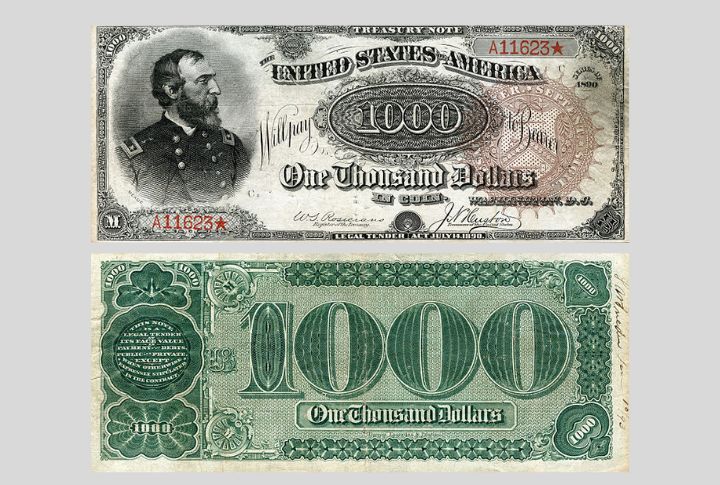
Zeroes so round and green, collectors nicknamed the note after a watermelon. The 1890 Grand Watermelon note became the first U.S. bill to break the $1 million mark at auction. Just a few are known to survive. In 2014, one sold for $3.29 million.
1862 $1 Legal Tender Note

Issued during the Civil War, this early federal note is both rare and rugged. It features a red seal, a hand-numbered serial, and Salmon P. Chase’s stern expression. High-grade versions are hard to come by.
1928B Funnyback Silver Certificate
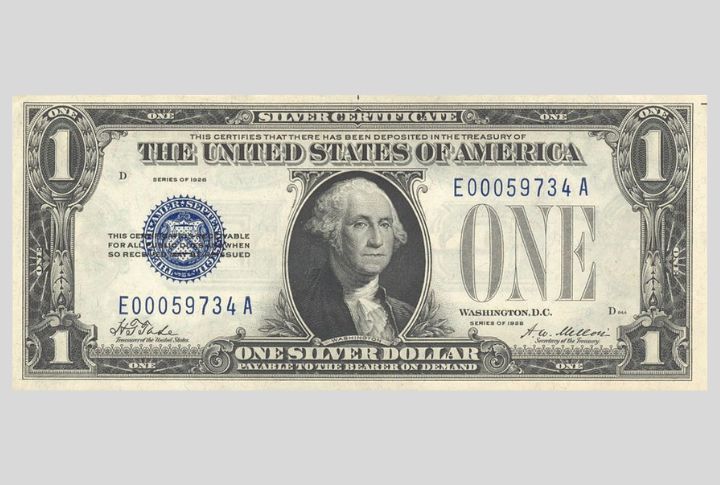
Collectors gave it the nickname “Funnyback” for good reason. Its quirky reverse design turned heads and confused a few cashiers. The 1928B version, with its bold blue seal and unusual serials, stands out from the crowd.
1935A North Africa Silver Certificate
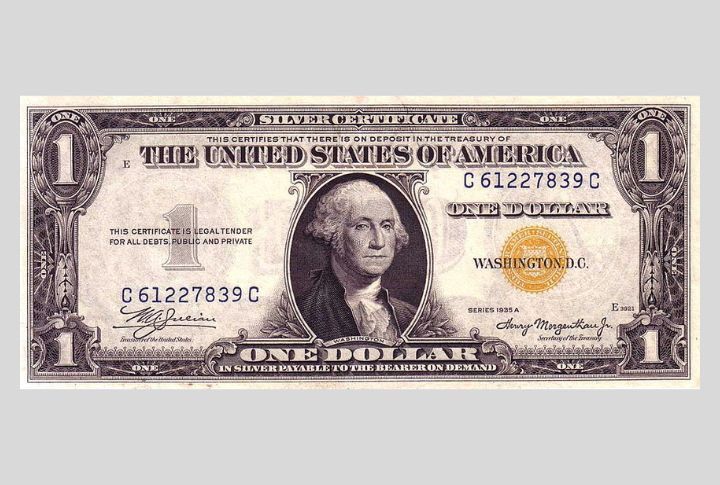
A bright yellow seal is your first clue that this bill wasn’t meant for everyday use. These certificates traveled with American troops overseas in WWII. If captured, they could be canceled instantly. That practical wartime twist now makes them highly collectible.
2003A $1 Bill With Del Monte Sticker

A banana sticker got caught mid-print and ended up permanently embedded in this note. That lucky mishap made it one of the most famous currency errors in history. It was later sold for $396,000.
1934A Hawaii Overprint Note

After the invasion on Pearl Harbor, U.S. officials moved fast. They printed bills exclusively for use in Hawaii, stamped boldly with “HAWAII” and brown treasury seals. The goal was to make them useless if they fell into enemy hands.
1861 $10 Demand Note
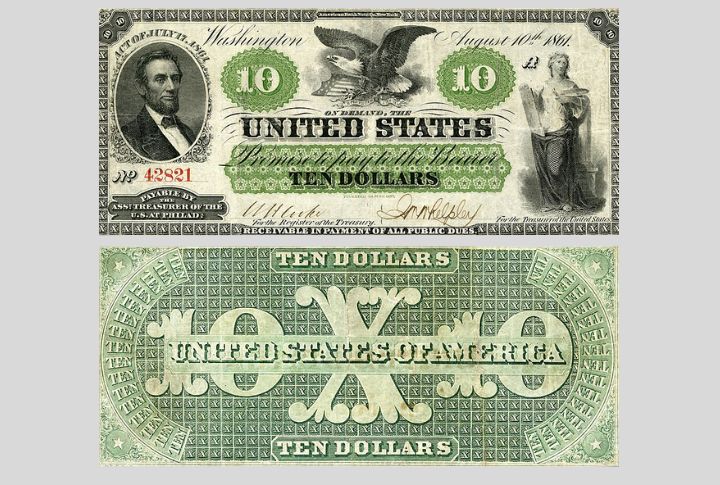
This was the first $10 bill to see mass circulation—and the birth of the “Greenback.” Featuring Hamilton and a statue of Freedom, it was a landmark shift toward paper currency. Only a handful survived the Civil War, making them prized finds in today’s auctions.
1896 $1 Silver Certificate “Educational Series”
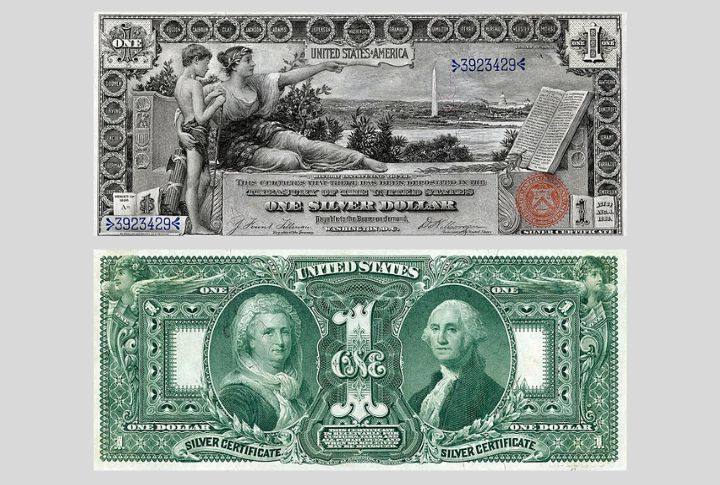
Art meets finance in this beautifully designed 1896 silver certificate. “History Instructing Youth,” the central vignette, still draws collectors and historians alike. It ranked #7 in the 100 Greatest American Currency Notes. A bill like this feels more gallery wall than wallet-worthy.
1995 $1 “Web Press” Experimental Note
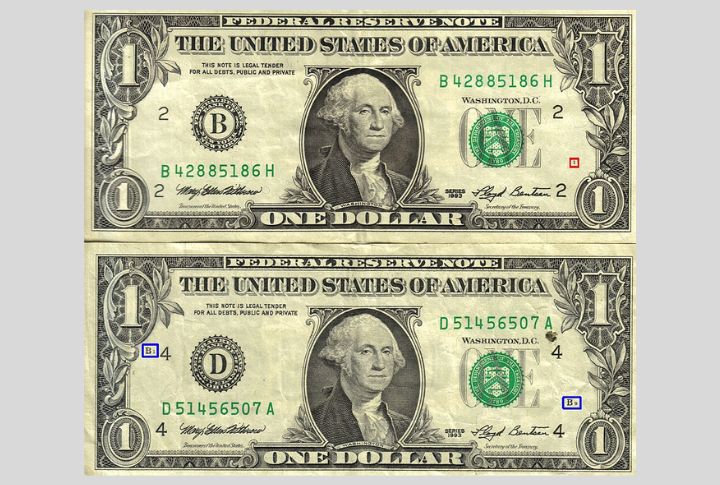
Printed on an experimental web-fed press, these bills were part of a short-lived efficiency test. Most people wouldn’t notice the subtle differences, but collectors definitely do. The project didn’t stick, but the notes left behind a nerdy charm that printing tech fans still chase.
